TLDR: Every Monday at 3:30 when the University of Chicago is in session, there’s a free concert of Bach’s organ music in Bond Chapel. There’s a special concert next Monday at 2:30, then a break until classes start again in January. More about this project at the end of this post.
Reneker Organ
I had lost track of keeping an eye on happenings on campus, so I missed the Fall Quarter concerts until this week. I was amazed to find that Bond Chapel, which I hadn’t been in for 15 or more years, had been transformed. I was startled to see rows of blue chairs facing me as I edged through the door. I had expected the back of the beautiful but uncomfortable wooden pews. I had assumed they were playing the small organ that had been tucked in the front corner. But instead, in the musicians’ balcony there is this amazing instrument with its 1,640 pipes. It’s designed to perform Baroque music, perfect for the Bach project. Jacob Reed, the organist had us give a round of applause for the organ itself, he so loved playing it.
I had to track down the changes in this space I had known for over 40 years. The organ was originally in the chapel of the Chicago Theological Seminary, the grand building at 58th and University, which the University of Chicago purchased, absorbing 58th Street and closing it off to cars. The university built a new building for CTS on land it owned at 60th and Dorchester. CTS didn’t want the organ, which had been part of the main CTS chapel since 1984, when it had been dedicated by Betty Reneker in memory of her husband Robert.
Thomas Weisflog, the University’s organist for Rockefeller Chapel with its immense world-famous Romantic organ, advocated for this Baroque instrument, so the university hired acoustic experts to see if it could fit in the smaller space of Bond Chapel. It IS a very big sound, but it works. You can listen to it here.
The organ weighs over 10 tons. The architecture firm of Woodhouse Tinucci had to design a steel structure anchored in the stone walls to support the organ, which now floats magically over the end of the chapel. At that time, 2013, they decided to take out the pews so that the custom chairs could be rearranged—facing the organ for a recital, facing the front for a wedding or traditional service, or forming other arrangements for alternative uses of a spiritual space. The new design won the 2013 AIA Chicago Divine Detail Award.
Old CTS Building
The university took the CTS building and transformed it into a modern home for Economics and the Becker-Friedman Institute. It is amazing and modern in most of its spaces—except the chapels. Even Blair Kamin, architecture critic of the Chicago Tribune, who was a huge fan of the creative reuse, admitted that the chapels were a failure. They are now awkward stripped down meeting rooms without character.
The Thorndike Hilton Chapel
For me, the great loss is the tiny Thorndike Hilton Chapel, which seated less than 100. When I worked on Woodlawn Avenue, I would often take a moment during my lunch hour to step inside for a moment of peace. I usually had it to myself. The true glory of the chapel was the stained glass. The interior lights were dim. The light pouring through the saturated color of the glass filled the space with a deep celestial blue. When the windows were installed in 1926, no less an expert than Lorado Taft said “I am still thrilled by their beauty. They are the finest I have seen in America and come nearer to the splendor of Chartres than I had ever hoped to see in this part of the world.” The chapel had been given by Thorndike Hilton’s parents in his memory after he died at sea. Without the glass, it’s just a brightly lit room with blank limestone walls. Somewhere, I think I have some photos of it, but for now, this postcard will have to do.
Some of the windows did make it to the new CTS building, but they are hard to see. They are in a tiny chapel that’s rarely open with a waterfall effect that is never turned on.
Bond Chapel
Bond Chapel seats 300, so it’s not the same feeling of a personal sacred space but does have the celestial blue glass I loved so in the Thorndike Hilton chapel. Bond Chapel’s glass is by Charles Connick, a firm that used medieval techniques, good enough to work on the restoration of Rheims cathedral.
The chapel was meant to be a reminder of daily spiritual life in the middle of the quadrangles. It’s often overlooked in the shadow of the grandeur that is Rockefeller Chapel.
It’s named for Joseph Bond, a farmer’s son. He’d become a small-town merchant when, at 27, he was given at most 2 years to live. So, he decided to make his life count, whatever time he had. Though his health was always poor, he beat the doctor’s prediction by 20 years. By 1892, when he was 40, he was in Chicago forming the American Radiator Company, buying out rivals, until there were factories throughout the United States and six other countries providing the means to defeat winter’s blast. I know I appreciate the radiators in my apartment. Thanks, Joseph! At the dedication, the dean of the Divinity School said that “I never knew anyone whose power was so encased in kindliness.”
Joseph Bond had been on the Board of Trustees of the Baptist Theological Seminary, which became the Divinity School at the University of Chicago, so he had an association even before his daughter, with the rather splendid name of Elfleda (named for St. Elfleda of Whitby), married Edgar Goodspeed (famous faculty member of the Divinity School and the son of Thomas Goodspeed, one of the university’s founders).
Mary Bond, Joseph’s widow, gave the endowment for the chapel just before World War I, so the planning and dedication were delayed, which worked out because another donation came in to build Swift Hall, the new home of the Divinity School, so the two were integrated into a single design. A few years ago, money was donated to landscape a cloister garden. It’s a lovely space.
Mary Bond worked closely with the architects on every detail, including the sayings in the lobby, the ornate lettering of the Beatitudes that ring the chapel, and the plaques designed by Lorado Taft. At the dedication they thanked the patience of the architects, Coolidge and Hodgdon. They may have needed it. Coolidge had been the architect for the university for much of the quadrangles, so he was used to dealing with donors, so many of whom were widows preserving their husbands’ memory.
I’m have to write about Lorado Taft. He keeps popping up in story after story! Here’s the dedication plaque that’s definitely attributed to him by the university. References in 1926 newspapers seem to say the other plaques are his too.
Edgar Goodspeed donated the stained glass in Bond Chapel after Elfleda died in 1949. But the Charles J. Connick Studio of Boston, which created the glass, is mentioned at the dedication in 1926, so perhaps they did the plain leaded glass seen in the early photos before they did the splendid stained glass.

Bach at Bond
One of the great things about being around the university is to encounter other people’s grand projects—like the project this year of Jacob Reed who is performing all of Bach’s organ works for us, for free. He’s got a weekly newsletter that discusses the music of the week and provides a program. It’s fascinating, though some of the discussion is over my head. But other comments are all about what it means to him. For instance, I noticed that during one of the pieces, he was obviously working hard with his feet, his head just bobbing into view with the effort. In the newsletter, he said:
The same distinctive shape that makes [Fantasy and Fugue in G minor] so recognizable is also one of Bach’s ultimate threats to the organist’s feet: be prepared both to run and to jump….Pages and pages of sewing-machine sixteenth notes covering the entire pedalboard. Awkward syncopated leaps against completely different rhythms in the hands. Constant shifting around to hit notes two octaves apart. For me at least, this is the Bach organ fugue for the pedals.
If you like Bach, follow him on Substack!




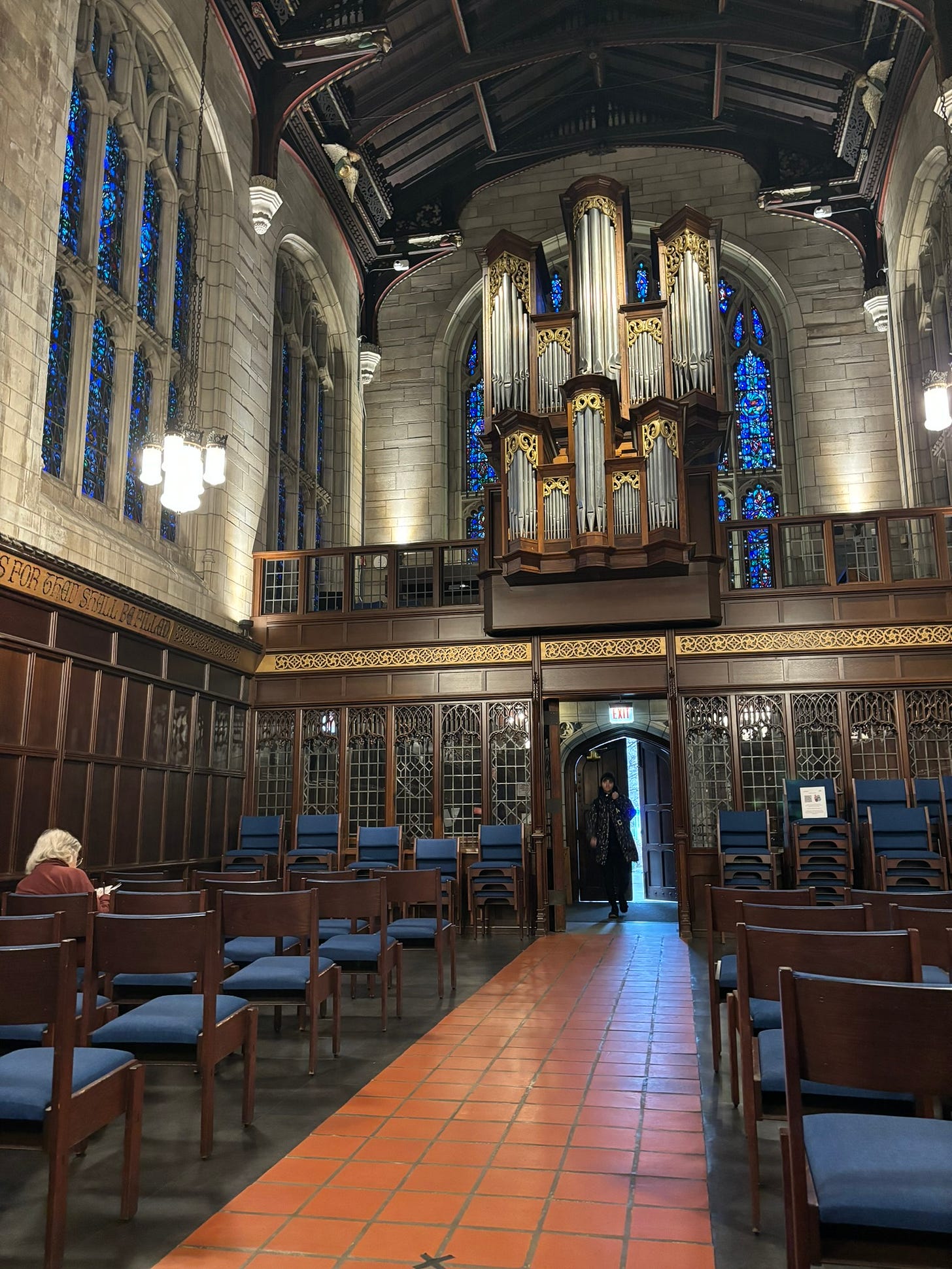
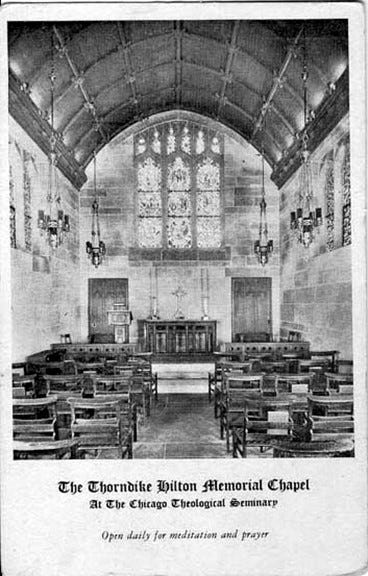

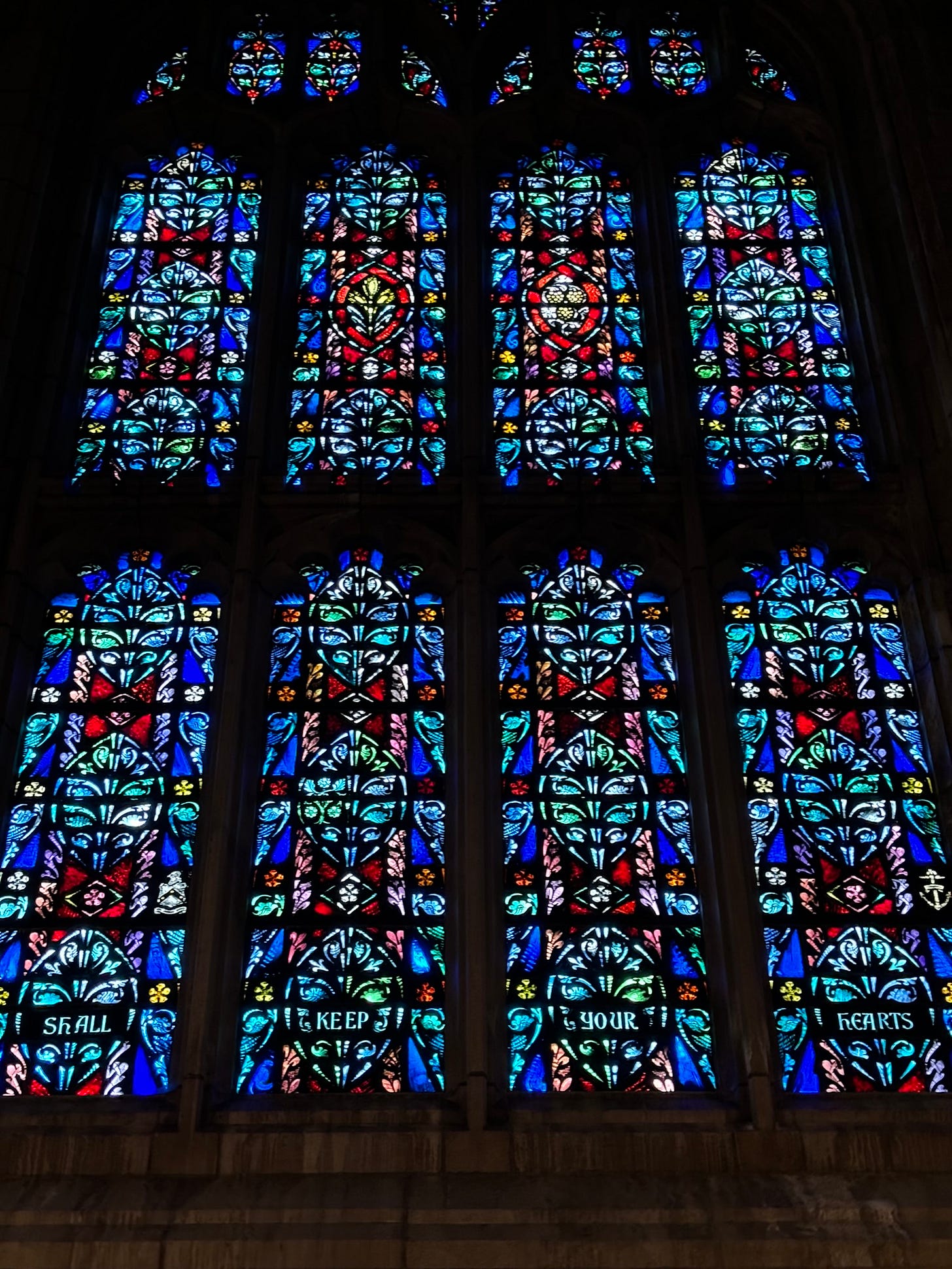

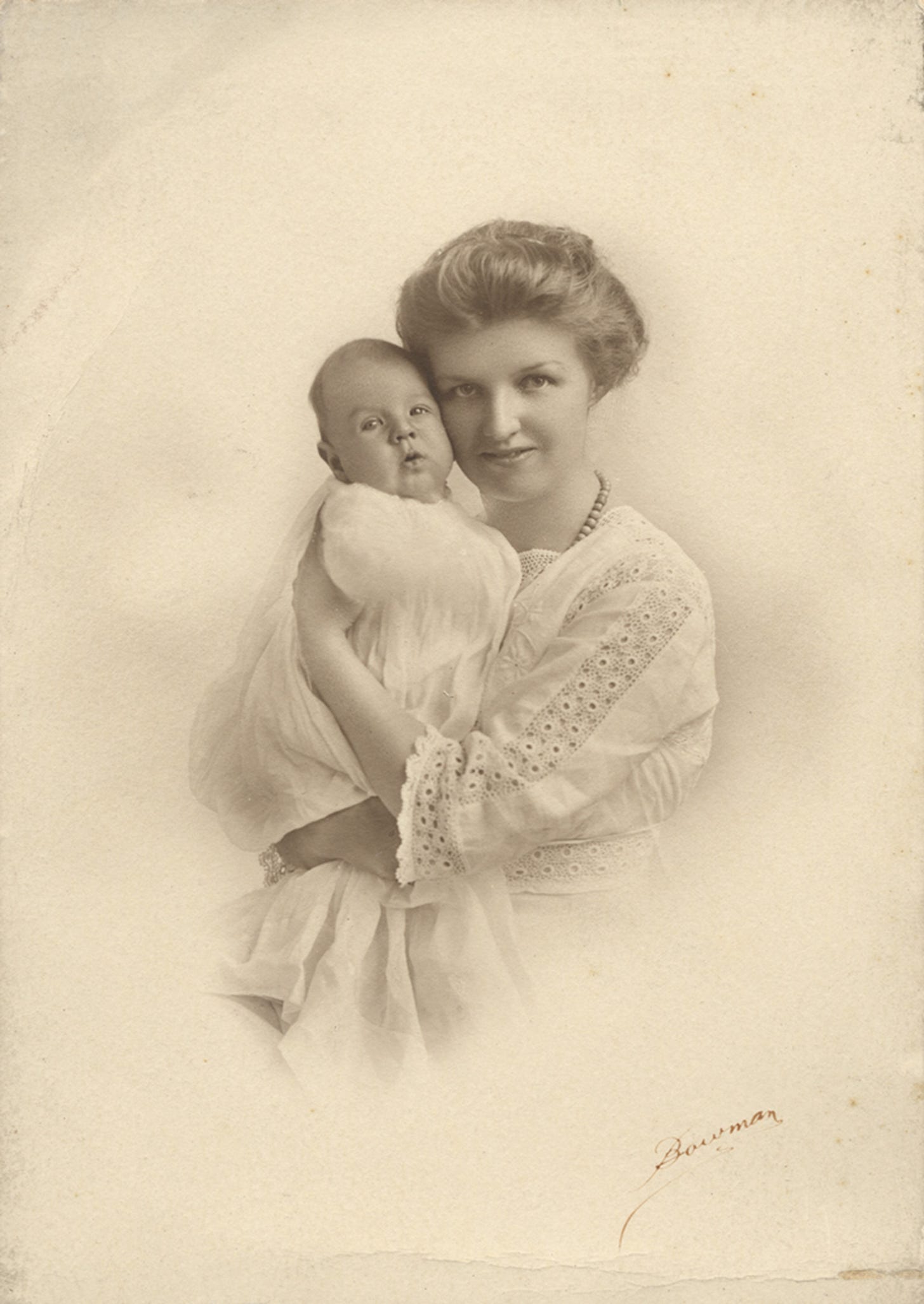

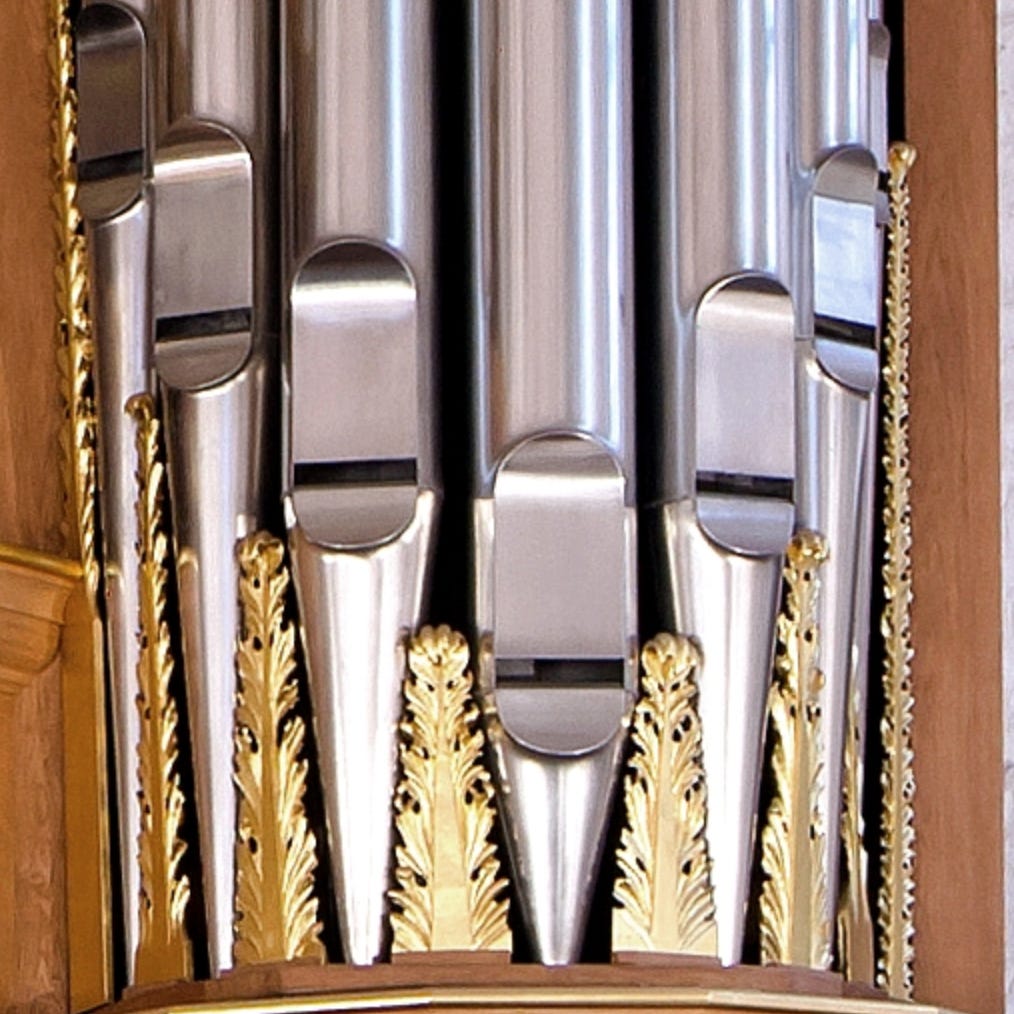
Fascinating! Always a treat! Thank you.
Thank you for reviving many wonderful memories of the lovely little retreats on campus. My best friend was married in Bond Chapel many, many years ago. The beauty of the ceremony in that lovely setting has stayed with me over the decades.